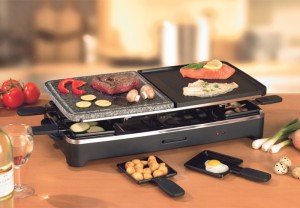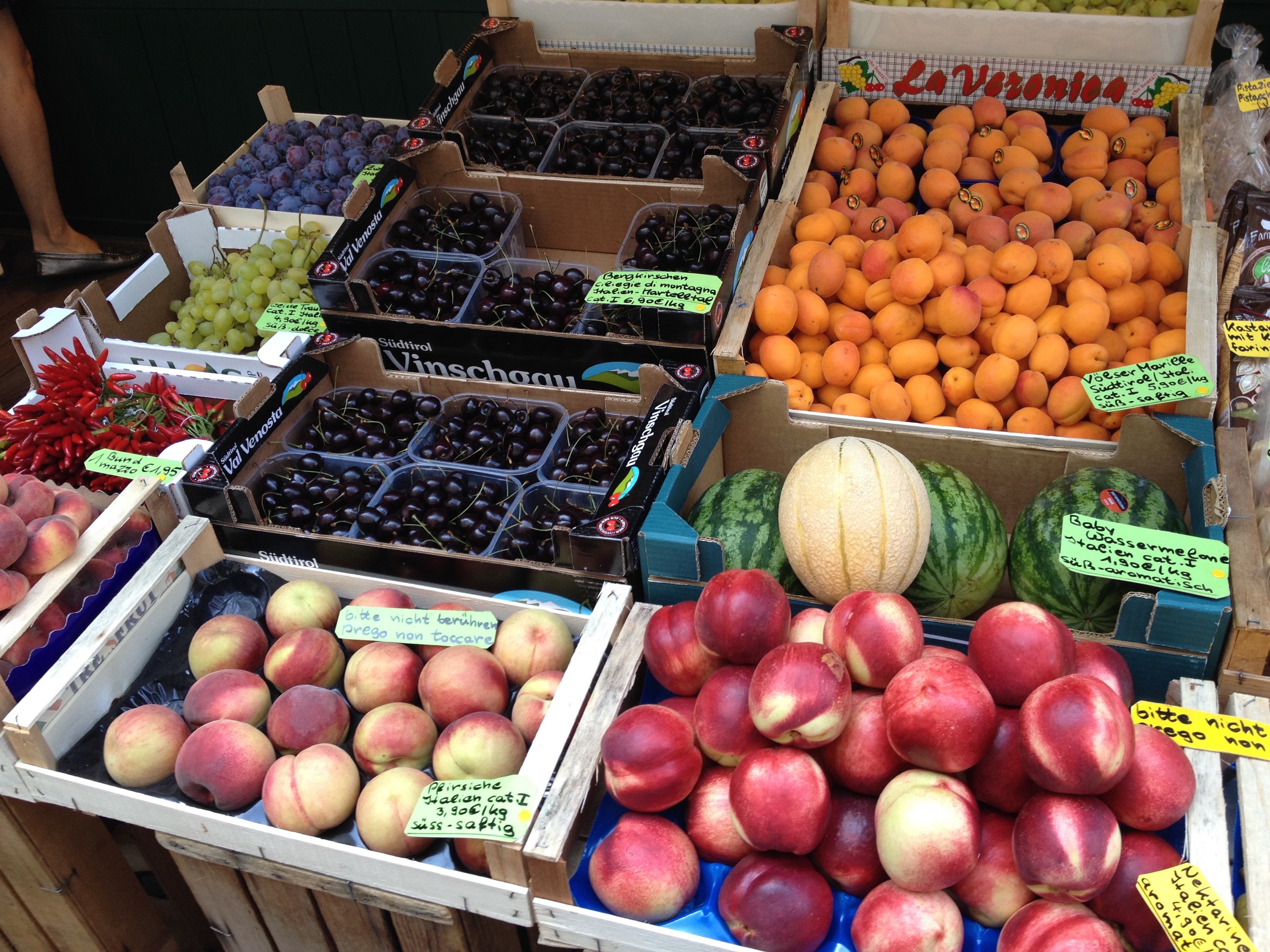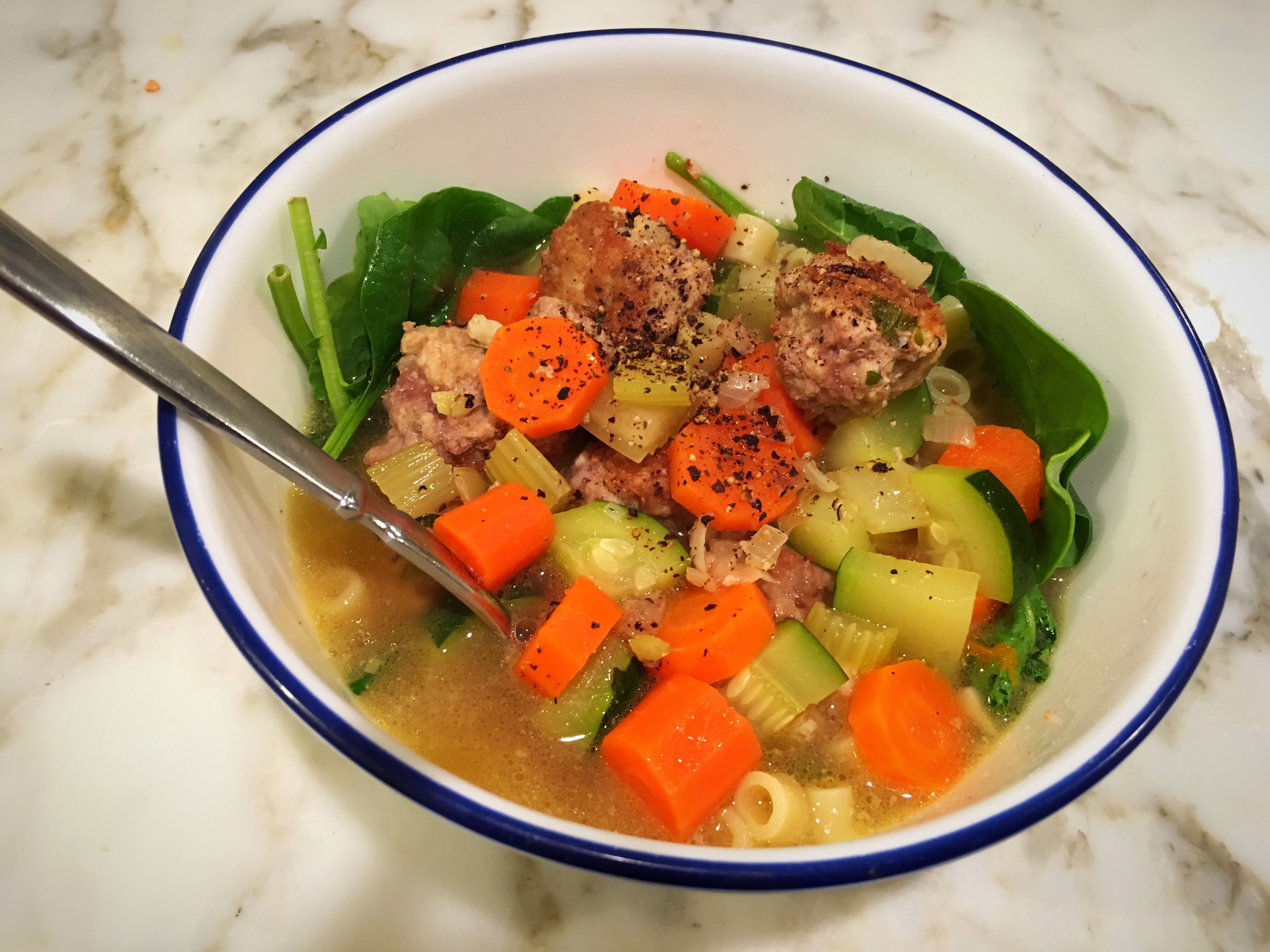I’m not sure, but this might be considered cheating in the blogging world. It’s been a rough week around here, so this is as close to posting as I’m gonna get today.
Last week I spent a couple hours organizing and filing the clips from the freelance articles I’ve written over the years, and I came across this article, which ran in the Nov. 2077 issue of Delicious Living magazine. It struck me as interesting that I wrote this long before I became a “Food Evangelist,” but it definitely gets to the heart of the matter in terms of what’s important to me as a parent, food lover, cook, and blogger.
I totally get that it’s full-time mayhem this time of year, and family dinners probably happen in the car driving from soccer practice to ice-skating lessons more often than at the dinner table. This isn’t going to kill anyone — assuming they’re not eating McDonald’s of course. And I also get that most people probably already do eat dinner as a family whenever and wherever they can — even if it’s in front of the TV watching the Rangers get smoked by the Giants.
As I wrote in this article, the benefits of family dinners are tangible and pretty astounding. It doesn’t matter so much what you eat (although of course I’d suggest something healthy, seasonal, and delicious); it’s more just that you’re together and, well, eating and (hopefully) enjoying food. By the way, the article does contain a few “expert” tips to help do that, so it’s not just me preaching and blathering on.
Hope you enjoy:
Sit Down & Slow Down
Sharing meals together as a family does more than just create healthy eaters. By Bevin Wallace
My family went to France this spring and came home with a pierrade (or raclette) machine. This nifty gadget consists of a stone slab that sits above a broilerlike heating element and cooks meats and vegetables right at the table. It was a bit of a hassle to schlep home, but I am really glad we did. It’s amazing how good food tastes when it’s literally hot off the grill. But best of all, because my kids enjoy it, “hot stone” dinners are now regular events at our house. I love the idea that we’ve created a family ritual around a mealtime.

It turns out that our family dinners have numerous far-reaching and often surprising benefits. According to recent research, kids who dine with their parents eat more nutritiously and are less likely to overeat. Studies at Columbia University show that kids and teens who regularly share meals with their parents do better in school and have a reduced risk of substance abuse. As well, mealtimes allow parents to model good eating habits and table manners and are a chance for families to unplug and reconnect.
Many benefits from regularly eating together extend beyond mealtime. Which brings us to the hitch. Sure, we’d love to gather around the table every night at 6 p.m., but the reality is often something closer to: Mom’s on deadline, Dad’s in Boston on business, one kid has soccer practice, the other is addicted to American Idol. Dinner is in the fridge; heat it up when you get a chance. Making the ideal of family meals a reality takes a little ingenuity. Here are some suggestions for carving out time and making it meaningful.
|
Be flexible. Look at your schedule and decide which meals will usually work for you, but be open to a change of plans if things get hectic. If your daughter has a softball game, pack a picnic and eat together at the ballpark afterward. For Lisa Dupar, a busy caterer and restaurant owner in Redmond, Washington, family dinners are almost impossible, so they have Saturday morning breakfasts instead. “We’ll sit for one to two hours and talk about the week,” she says. “It’s our special time.”
Make mealtimes an opportunity for stress-free communication. This is your best chance to get to know your kids’ likes and dislikes, and to find out about their friends and what their daily life is like. Don’t blow it by using the time for lectures or heavy discussions about serious family issues. Instead, go beyond “How was your day?” and try things like “highs and lows,” or ask about their biggest challenge or what made them laugh. You might discuss a book they’re reading. Plan a family trip, or share your childhood memories. Another idea is to have a jar of conversation starters, and each night it’s one person’s turn to pull one out.
Say a blessing. Even if you’re not religious, this sanctifies the time and place, so everyone appreciates its importance.
“A blessing celebrates the profound connection we all have to giving thanks for food,” says Adrian Butash, author of Bless This Food: Ancient and Contemporary Graces from Around the World (New World Library, 2007). The book contains 160 blessings, including ancient prayers, with historical and biographical notes. According to Butash, allowing kids to select and read their favorites lets them be an active part of the family meal and can be a great conversation starter.
Keep it simple. Everyone will be happier if you save the complicated recipes for impressing the in-laws. There is no crime in bringing home a rotisserie chicken and tossing it in some pasta with cooked frozen vegetables and a little olive oil.
Make meals a team effort. Ask the kids for menu suggestions and involve them in shopping for and preparing meals. Kids love to feel needed, and it’s amazing how much cooperation you can get — in both cooking and eating—if you give each person a task, such as setting the table or making a salad. Older kids can divide a meal among themselves, each making a dish. Even little ones can help. I know a certain 2-year-old who will actually eat a cucumber if I let her cut it (with a butter knife).
Get creative and make family meals fun. Eat by candlelight on the living room floor or in a tent in your backyard. Try exotic and foreign foods. Bring the kids to an Asian market to shop for ingredients. Eat waffles and omelets for supper. Even things like fondue or build-your-own-taco night are fun and easy for the whole family. The idea is to create shared experiences and memories.




I don’t mind your recycling, love the article AND Delicious Living.